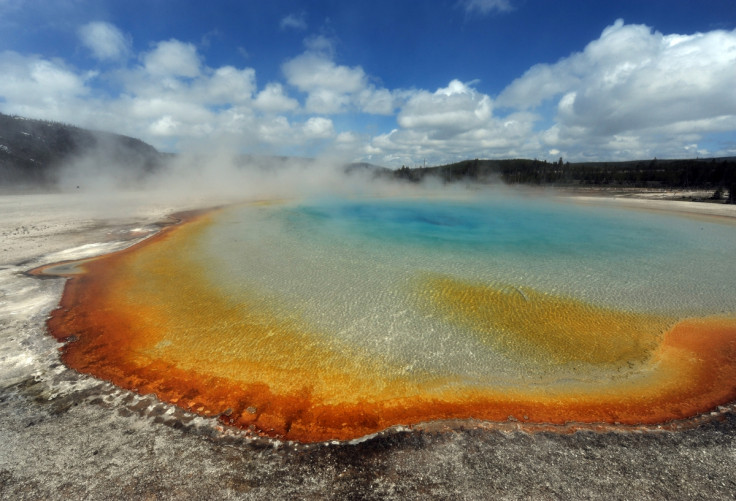Yellowstone could power America's electric cars with newly discovered supervolcano lithium
Lithium is increasingly in demand with the growing popularity of electric cars.
Large deposits of lithium, used to make lithium-ion batteries, are hiding beneath supervolcanoes such as Yellowstone in the US, Stanford scientists have said.
Yellowstone is a supervolcano with the potential to release devastating quantities of ash and sulphur dioxide, as well as 10,000 times more magma than a typical volcano. As well as the potential to cause serious harm, Yellowstone is now offering some more hopeful prospects. Large quantities of lithium are thought to be hiding in lake deposits right in the caldera of supervolcanoes such as Yellowstone, according to a study in the journal Nature Communications.
Lithium is in high demand as it is used very widely in modern electronics. With the increasing interest in electric cars, questions have arisen about where all this extra lithium will be found. Currently Australia and Chile are the dominant sources, and there were no large reserves known in North America.
"We're going to have to use electric vehicles and large storage batteries to decrease our carbon footprint," said study author Gail Mahood of Stanford University in a statement.
"It's important to identify lithium resources in the US so that our supply does not rely on single companies or countries in a way that makes us subject to economic or political manipulation."
The lakes in the supervolcano have leached out lithium from volcanic rocks over tens of thousands of years. It accumulates and becomes concentrated in lake sediment.
"The caldera is the ideal depositional basin for all this lithium," said Thomas Benson, a recent Stanford PhD graduate and also an author of the study.
The researchers measured lithium content in tiny traces of magma trapped in crystals in volcanic rock at sites including the McDermitt volcanic field on the Nevada-Oregon border, the High Rock caldera complex in Nevada, Sierra la Primavera in Mexico, Pantelleria in the Strait of Sicily and Yellowstone. The lithium levels varied widely from site to site, but the supervolcanic regions had the most promising concentrations.
"We've had a gold rush, so we know how, why and where gold occurs, but we never had a lithium rush," Benson said. "The demand for lithium has outpaced the scientific understanding of the resource, so it's essential for the fundamental science behind these resources to catch up."

© Copyright IBTimes 2025. All rights reserved.






















